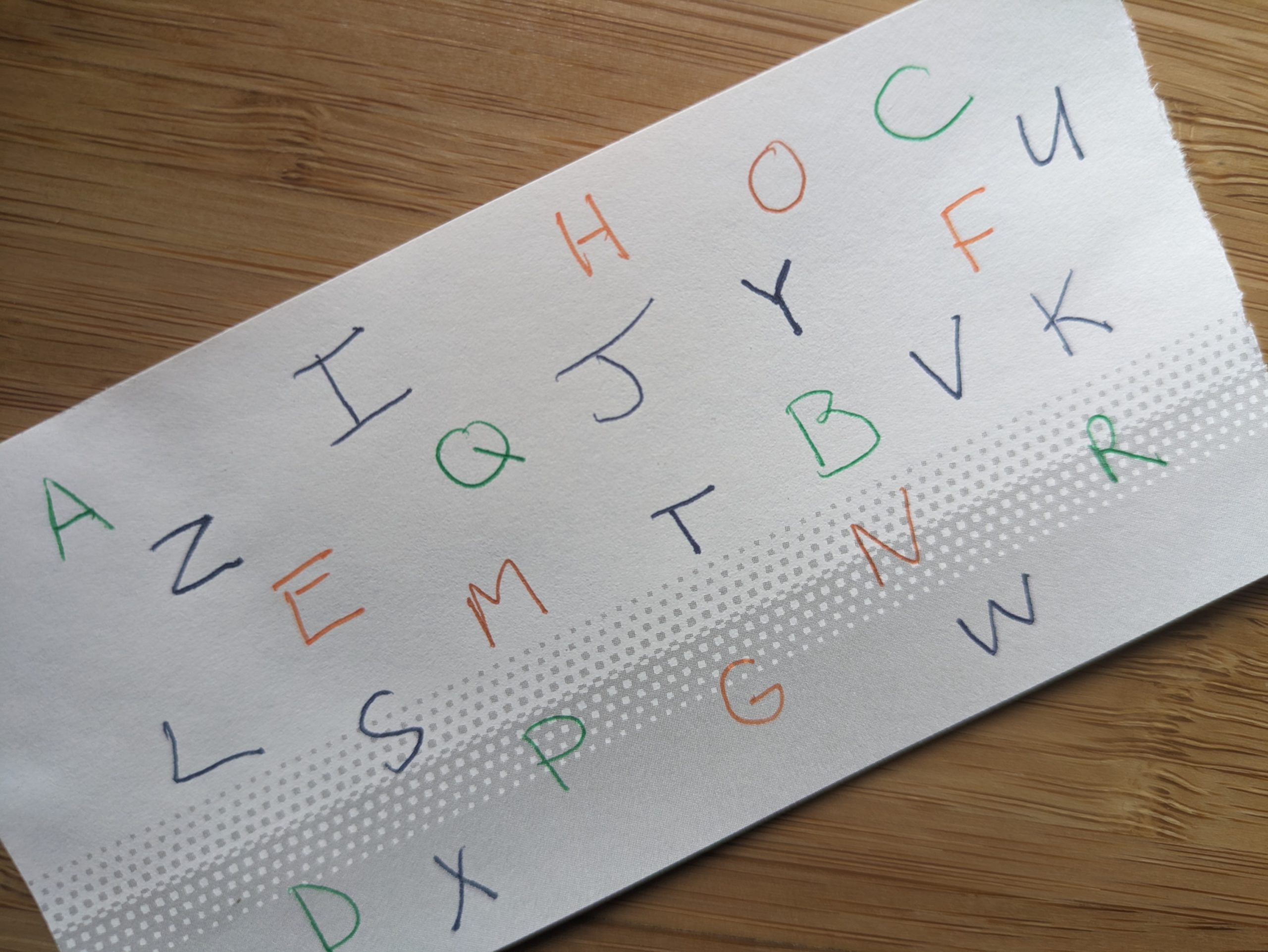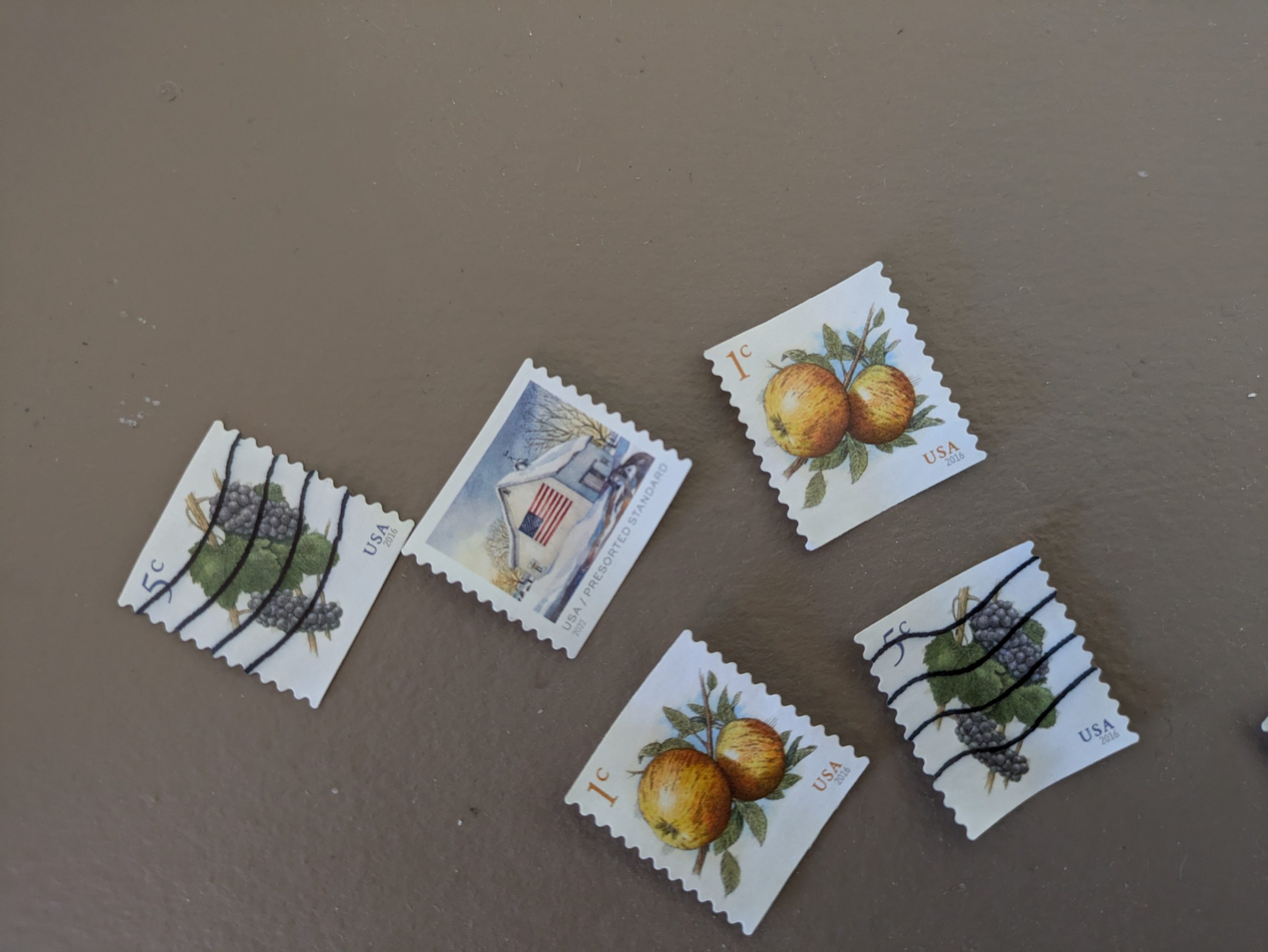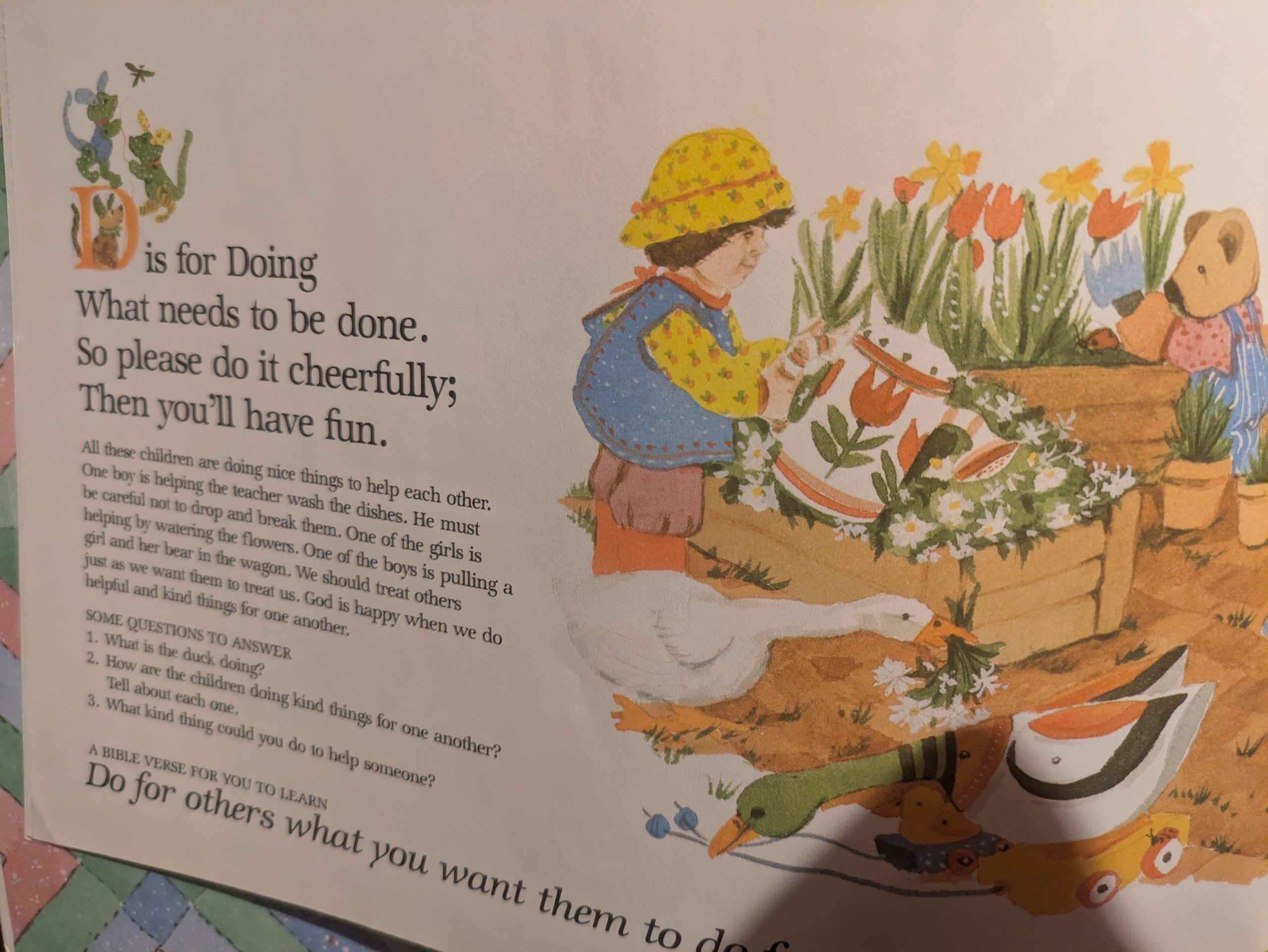Except for the lucky few, most of us need to be taught explicitly how to read and with the right teaching methods. There are a few children who just learn on their own to read at age three. There are others who will learn to read no matter what curriculum is used. But for many, they will struggle mightily with a curriculum that is not designed properly to meet their needs. One of the precursors to reading success is having good phonemic awareness. This is essential, and should not be overlooked or forgotten. In fact, when children are struggling with reading, it is often good to revisit some phonemic awareness skills because it can help a child overcome some reading difficulties.
LISTENING:
One key component of reading is actually listening. Strangely enough, we have a great sense of words and sounds as readers. Here’s a sentence. Can you decipher this?
“CERTAINLYYOUCANREADWHATIHAVEWRITTENBECAUSETHISISEASYTOREAD”
Now imagine only knowing the sounds of the letters in the alphabet, but not actually knowing how to read. You would end up with sounding out a variety of sounds, but not knowing when to stop for each word, much less how to blend all the sounds together. Instead of reading:
“Certainly you can read what I have written because this is easy to read.”
You might end up with reading “cer” and “tain” “lyy” “ou”. Quite confusing. As you see, being able to tell the difference between words in a sentence is actually necessary. Surprisingly, it is a skill that children actually need to learn. As I will show you, there are many components of phonemic awareness that I will delve into.
WHOLE WORD:
Help your child develop an ability to distinguish between the words in a sentence, by starting out with short sentences and asking how many words they hear. Here is an example:
Parent/Teacher: “listen to this sentence and tell me how many words you hear.”
Pause after giving directions or model the directions if a child is confused.
Parent/Teacher: “Listen…The dog ate.“
Your child/student would then answer: “three.”
As a child is able to hear all the words in the sentence, it is time to move on to longer sentences.
The dog ran outside.
The dog ran around the house.
The man ran with the dog around the park.
It is not necessary for a child to do extremely long sentences. Once a child can hear each word, it is time to move on to hearing the sounds in words.
FIRST SOUND:
The ability to hear the first sound in words develops first. This is where you should start with distinguishing the sounds in words. You need to follow the order of sounds in teaching your child. A way to help your child is to use visuals to help them distinguish sounds and a lot of modeling. Here are some ways to help your child work on first sounds. Give your child pictures of items, or go around the house or yard and ask your child to listen to the first sound in the words. Try to pick smaller words with easy to distinguish sounds. A complex sounding word will be hard to distinguish. Imagine I have a cat and I ask my child, “What is the first sound you hear when I say cat?” Your child might be able to hear the sound, or need support. Model it on your arm or use color cubes to show each sound. On my arm, it would look like placing my hand on my shoulder, inside of my elbow, and wrist to distinguish each sound. For example: “c” on shoulder, “a” on inside of my elbow and “t” on wrist. Some people like to clap their hands for each sound or do other things. I have found that this arm method works best for children because it is very visual and tactile. Plus, they are crossing the midline, which is an additional plus.
LAST SOUND:
Funny enough, children can hear the last sound next. Continue to use activities and visuals to help your child. Remember phonemic awareness can be done in the dark, so we are not showing kids letters yet. Fun games to play include placing pictures or objects in different bins sorted by their sounds. You could also try using colored cubes or legos or flashlights (or any light that is easy to turn on and off). Have the child say the word with you and point to the last colored block. Sometimes breaking the words up into their sounds is necessary. Or over exaggerating the sound by holding it for a long time or making it louder is helpful. When teaching the last sound for the first time, I might say “mannnnnnn” (man) or “passsssss” (pass) or “carrrrrrrrrrr” (car). Notice how I only use three sound words? I recommend keeping words shorter with last and definitely medial sounds because it is hard for a child to distinguish the sounds when they are starting out.
MEDIAL SOUND (MIDDLE SOUND):
When introducing medial sound or middle sound, remember to keep words to three letters at first. Your child will need lots of practice with this one as it is the hardest sound to hear. Your child should already be quite familiar with first and last sounds, so they will be well prepared and have some tools already in place to help them with this new skill. Continue to make this fun, by trying to incorporate games where you use objects or pictures or even picture books and read aloud to your child. When you come to a small word you can ask them what sounds they hear. I recommend using the arm technique I mentioned before. When a child says the middle sound is “t” for “cat”, point to your wrist and say “good you heard the last sound. What is the middle sound?” The child will try again and maybe say “c” is the middle sound. Remind them on your arm that “c” is the first sound. Have the child put their hand on their arm and sound out the word with you. Then do “c” at the shoulder, and model each sound. Point to the place on your arm where the child misses the sound and ask them what the sound is. Feel free to model as many times as needed. Also, you can slow the word down significantly and make it obvious what sound it is when they are learning.”










Leave a Reply